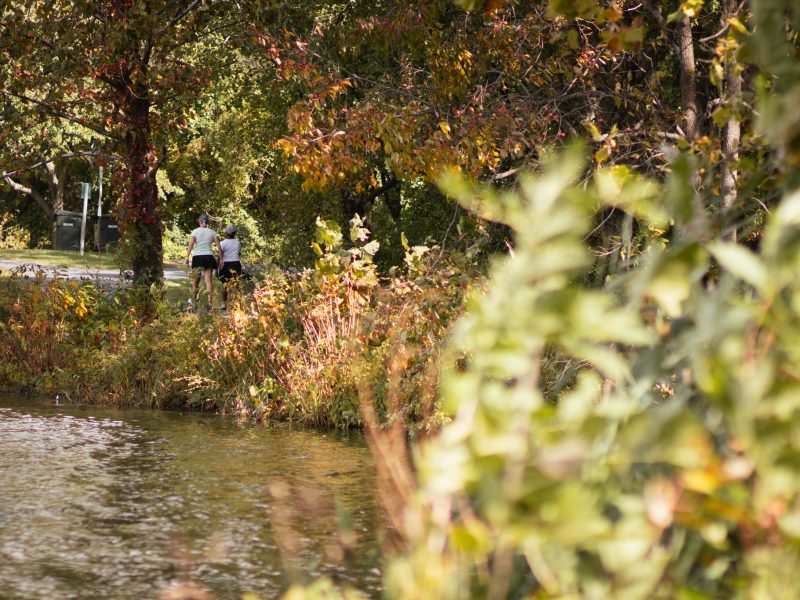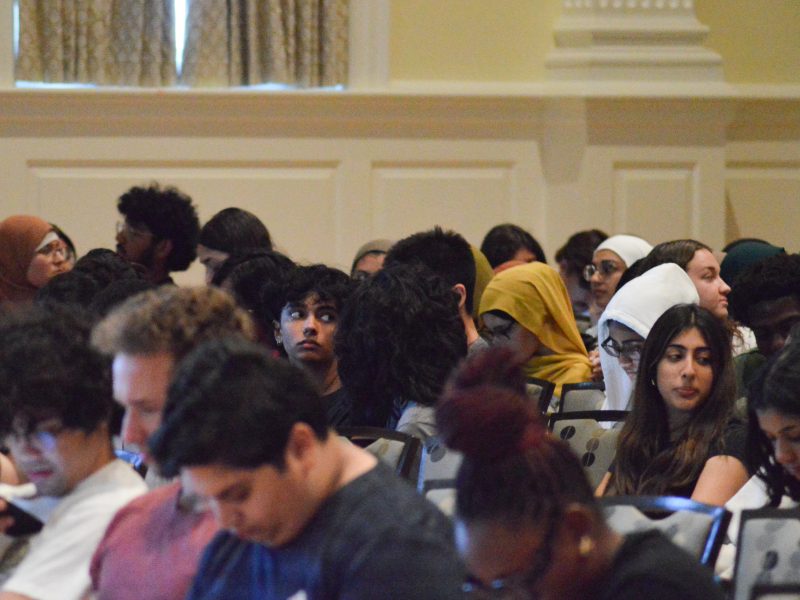By Charlie Youngmann
For The Diamondback
The University System of Maryland was ranked 27th by the National Academy of Inventors and the Intellectual Property Owners Association on a list of the most U.S. patents granted last year among universities worldwide.
The University of Maryland received 48 of the 72 patents granted to universities in the university system in 2016, said Felicia Metz, the intellectual property assistant director of this university’s Office of Technology Commercialization, which works with patents owned by the university and inventors to help make the products of research available on the market.
Though many inventions from this university come from research teams headed by professors, 30 of the patents granted in 2016 had at least one student inventor, Metz said. Four of these patents had undergraduate inventors during their application.
“It’s important to keep in mind that, if [undergraduate] students create something, and that something is part of their coursework or research activities, then students own the intellectual property themselves, not the university,” Metz said.
[Read more: UMD is one of the top producers of Fulbright students in the country]
If undergraduate students want to obtain a patent through the university, they can disclose their inventions to the Office of Technology Commercialization, Metz said.
The university will determine whether the idea is original, patentable and able to be commercialized, she said. If it is, this university will pay for the patent and work with the inventor to license the invention. This can be done either by forming a company around the invention and producing it or licensing its use to an outside company, Metz said. If licensed to an outside company, royalties and income are split between the university and the inventors, Metz said.
The application process for a patent can take years. Metz said this university spends about $850,000 per year on patenting and must choose carefully which ideas to invest in.
“We don’t always know if there will be a market for something that’s very early-stage,” Metz said. “The biggest factor is commercial potential in the invention.”
John Fisher, this university’s bioengineering department chair, and former bioengineering graduate students Andrew Yeatts and Elyse Geibel were granted a patent last year for a tubular bioreactor system for use in bone and cartilage tissue engineering.
Fisher described his invention as a way of growing cell tissue in a lab by providing a single sheet of tissue with nutrients and oxygen while stimulating them physically. This process works particularly well with bone cells, he said.
“It’s a challenging game to play. Folks are obviously working on new technologies in their lab and [the university] has to make the best decision it can in terms of pursuing one technology versus another,” Fisher said.
Metz said this university received 187 new invention disclosures in 2016, with graduate students contributing to 13 of those.
Rasa Ghaffarian received a patent for targeted carriers for drug delivery across the intestines just six months after she graduated from the bioengineering department’s graduate program in December 2015.
Ghaffarian, along with bioengineering professor Silvia Muro Galindo, developed a way to allow drugs like insulin to be digested in pill form rather than being injected into the body. Her strategy also prevents the drug from being degraded by stomach acid, she said.
“The next step is still very elusive. Once you have this intellectual property, then what?” Ghaffarian said. “[Figuring out how to monetize the patent] is actually what I do for a living now.”
Ghaffarian is currently the Maryland Development Center’s chief technology officer. Located in Baltimore, the center works with University of Maryland Medical Center inventors to engineer and market medical devices.
“The reason I like to do research is to eventually help someone, and I saw that the best way to do that was to commercialize what we had invented,” Ghaffarian said. “Since bioengineering is a very translational field, I figured there was a lot of potential to create real, tangible products.”



